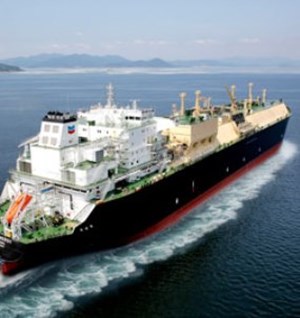Slowing U.S. production growth hindering port projects, Chevron says
(Bloomberg) – Slowing U.S. oil-production growth is casting a pall over projects intended to expand crude shipments to overseas markets, according to Chevron Corp.
New terminal construction, a sure bet in the pre-Covid 19 era, is now plagued with uncertainty after exports of U.S. crude in 2024 expanded at the slowest outside the pandemic years.
The breakneck Permian region production growth that characterized the first decade or so of the shale boom has begun to slow. Drillers are prioritizing returns to investors and capital discipline over expanding output as the sector matures.
The outlook for export growth is anemic this year. Barbara Harrison, Chevron’s president of supply and trading, sees daily shipments increasing by “hundreds of thousands,” rather than millions.
U.S. crude-production growth plunged 70% last year to 279,000 bpd. Output in 2025 is expected to tick slightly upward before dropping precipitously next year to just 78,000, according to the U.S. Energy Information Administration (EIA).
“I think it was a matter of when” prior to the global virus outbreak, Chevron’s Harrison said during an interview at the Argus Crude Summit in Houston. “I think there’s more of a question now of if” such projects will be built.
There are four U.S. projects on the drawing board to build terminals capable of loading supertankers off the coasts of Texas and Louisiana. Enterprise Products Partners LP’s Sea Port Oil Terminal, known as SPOT, is still trying to spark interest among potential customers roughly 10 months after obtaining a federal deepwater-port license.
Enterprise Co-Chief Executive Officer Jim Teague earlier this week said commercialization of SPOT hasn’t gotten “enough traction” and the company is ready to “move on” if volumes, fees and terms are not achieved in a reasonable amount of time.
It’s a significant pivot from just a few years ago, when companies including Enterprise, Trafigura Group, Phillips 66 and Energy Transfer LP were applying to construct export terminals in the heyday that followed the 2015 lifting of a longstanding ban on U.S. crude exports.



